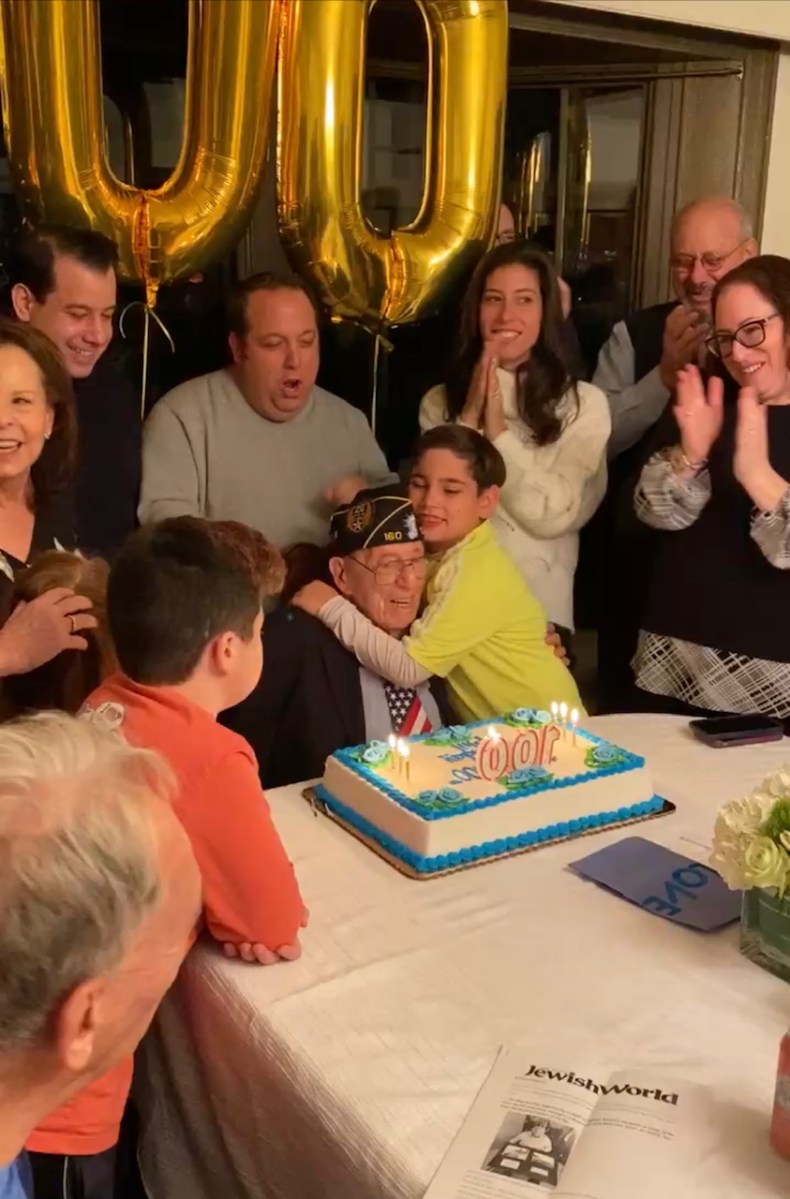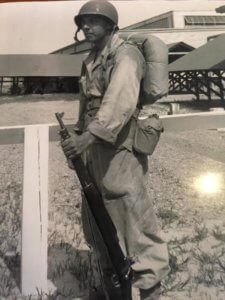BY BILL PARRY
The COVID-19 pandemic claimed the life of a charter member of the Greatest Generation when 100-year-old World War II veteran Philip Kahn died on April 17 at his Westbury, Long Island home.
He fought in the Battle of Iwo Jima and later served as a chief flight engineer and co-pilot on a Boeing B-29 Superfortress during the months-long firebombing of Tokyo and performed aerial surveying of the damage done by the atomic bombs that were dropped on Hiroshima and Nagasaki.
Kahn earned two Bronze Stars and he was awarded a campaign medal for Service is the Asiatic-Pacific Theater, a victory medal, the overseas service medal, and a medal for sharpshooting. Following the war, Kahn settled in Fresh Meadows with his wife Rose, where they raised two daughters before moving to Long Island in the early 1970s.
“He was a remarkable man; he was literally a living history,” his grandson Warren Zysman said. “He met Colonel Paul Tibbets, the pilot of the Enola Gay. The two of them spoke and shook hands just before that mission.”
Kahn had two older brothers who also survived the war: one fought in the Battle of the bulge and the other took part in the D-Day invasion of Normandy. Kahn’s death came a century after his twin brother succumbed to the Spanish flu soon after his birth in 1919.
“Here he was, at age 100, still walking up to three miles a day. He was so fit both mentally and physically that we felt we had at least another decade with him,” Zysman said. “He had some symptoms and his doctor had him tested at home and he died later that day. It was only later that we found out he tested positive for COVID-19.”
In addition to his service in the Pacific Theater, where he rose to the rank of Sergeant, Kahn was an avid photographer.
“He saw the Intrepid as it was bombed by the Japanese and those photos are on permanent display at the Intrepid Sea, Air & Sea Museum,” Zysman said. “He also has a photo archive at the Cradle of Aviation Museum in Garden City and his oral account of his experiences during World War II is now a part of the Library of Congress.”
Kahn worked as an electrical foreman with Local 3 and helped build the World Trade Center and the first New York Blood Bank. He enjoyed swimming and ballroom dancing and taught his grandchildren how to roller skate.
“In the years after the war he was able to combine ballroom dancing with roller skating professionally,” Zysman said. “He was a professional dancer paid to dance at roller rinks. He was still in his 60s and he would roller dance with all these college kids and he would skate circles around them all.”
Kahn’s wife of 73 years, Rose, died last summer. He is survived by his daughter Lynn Zysman and her husband Simon and six grandchildren. He was buried at New Montefiore Cemetery in West Babylon.
This story first appeared on qns.com.





































